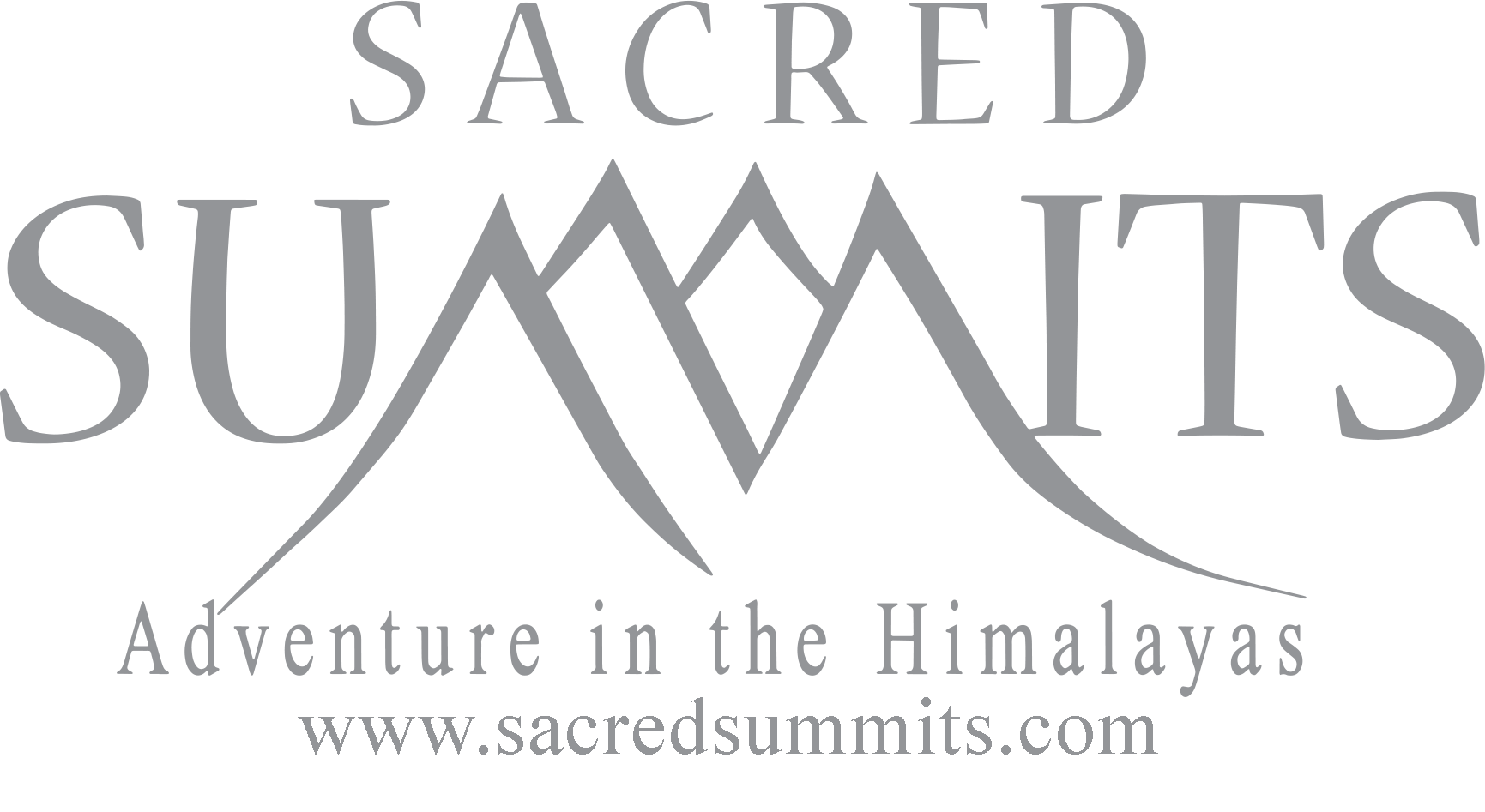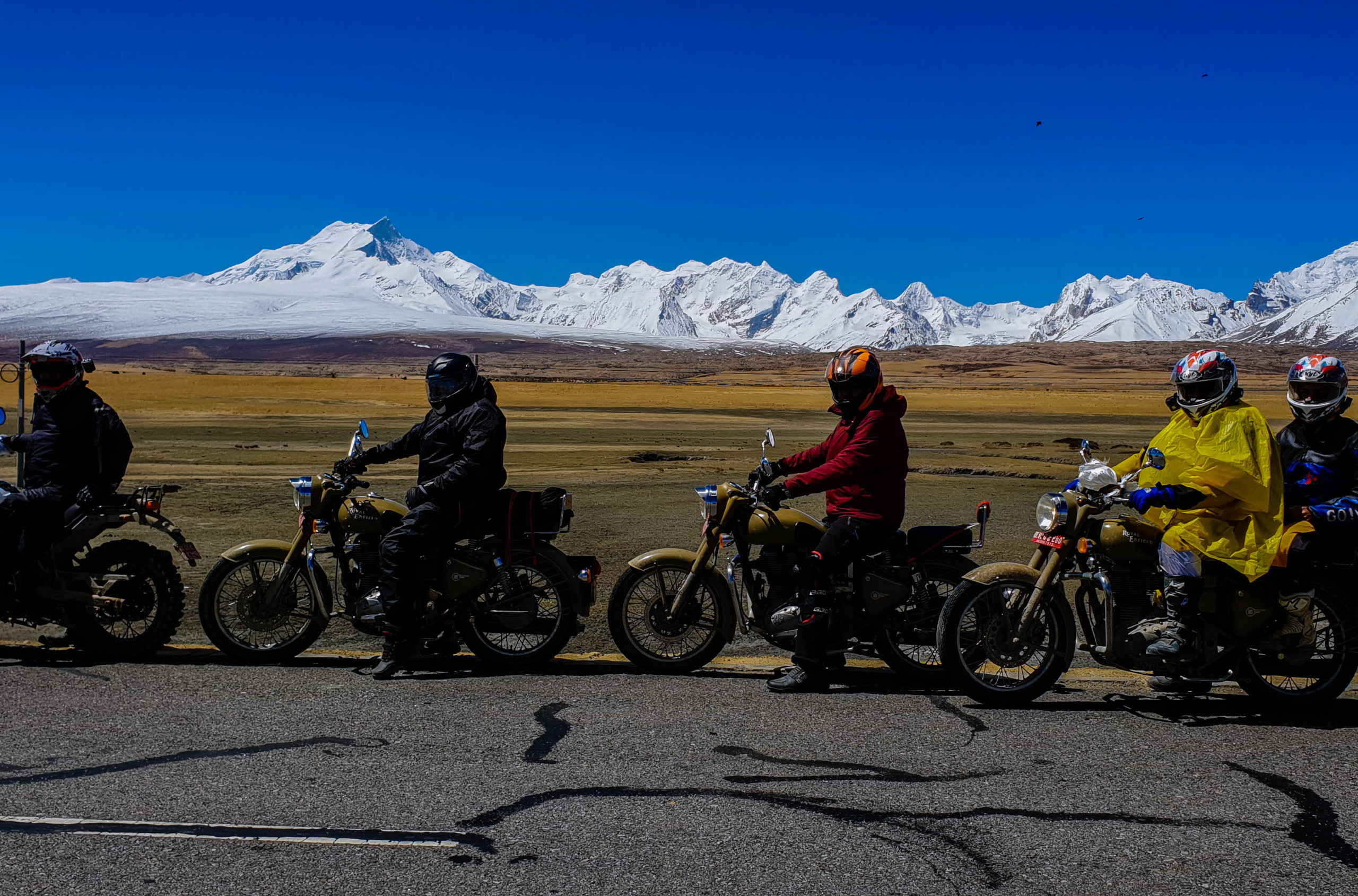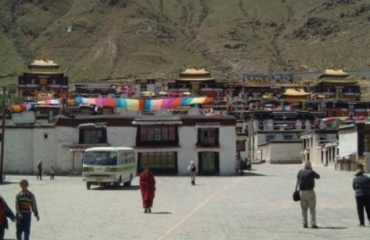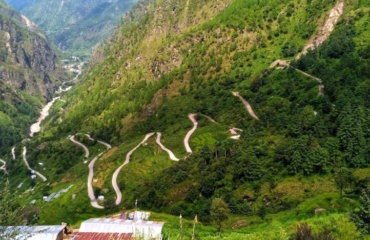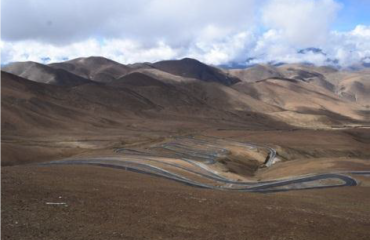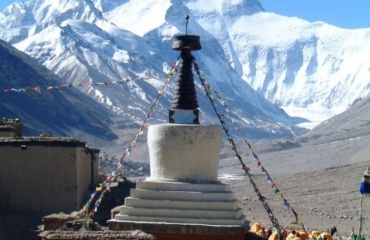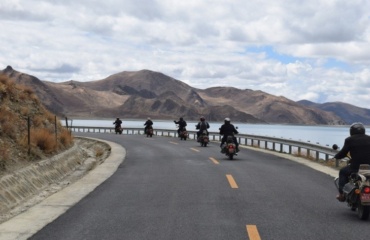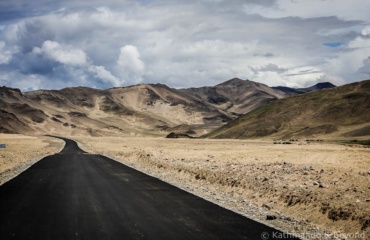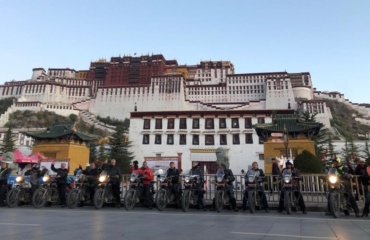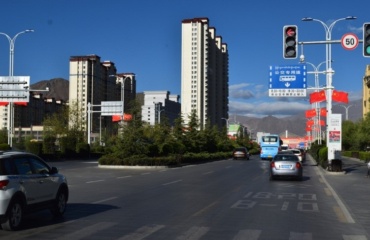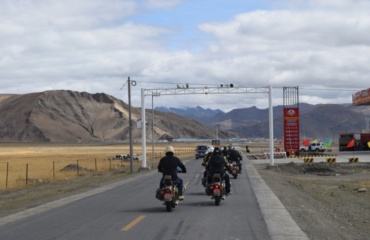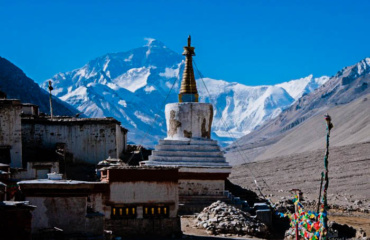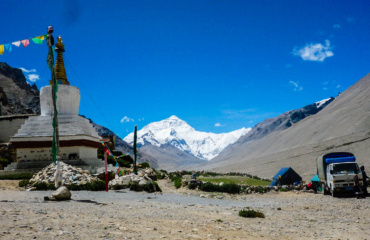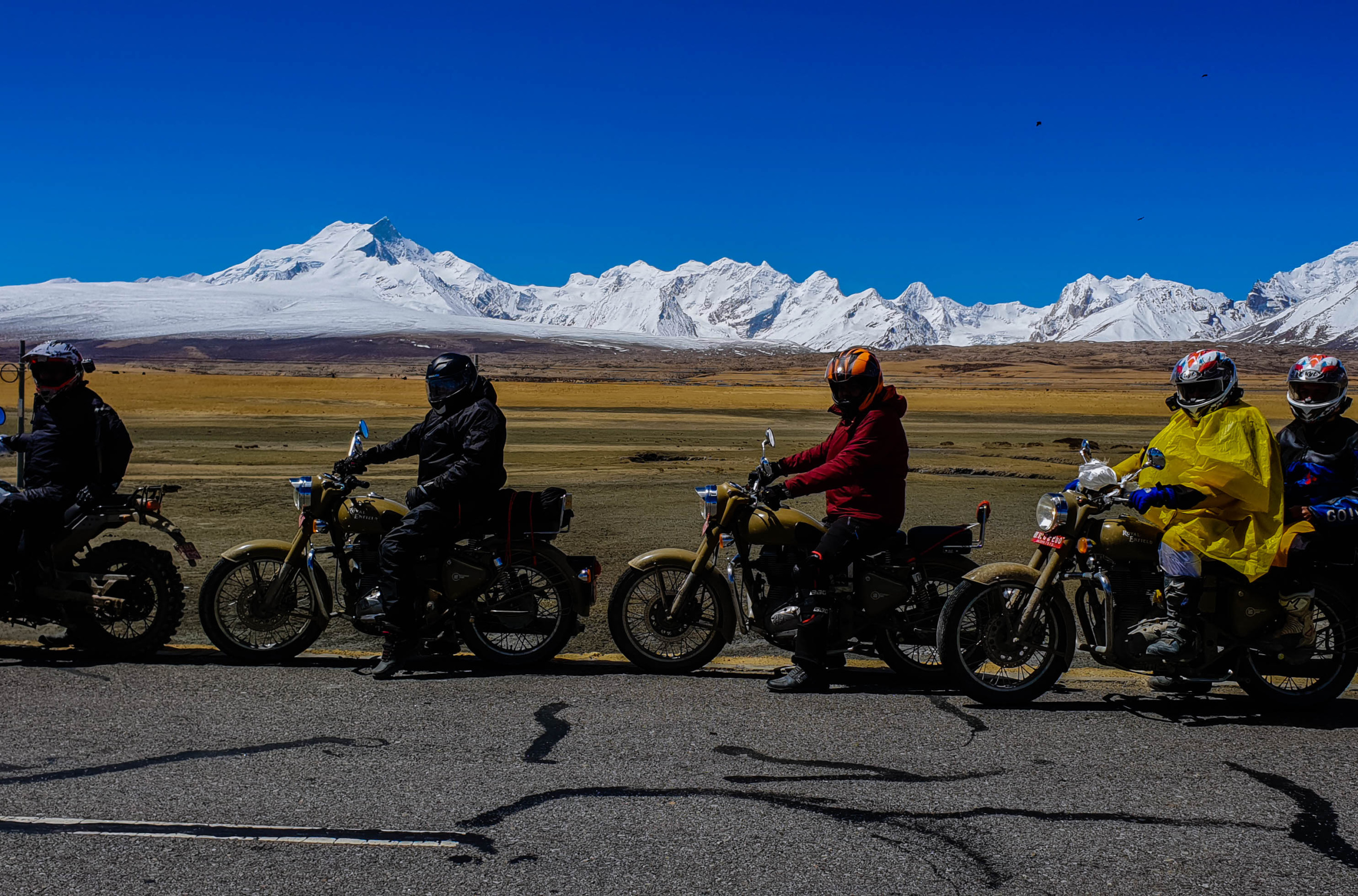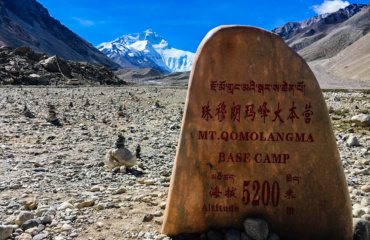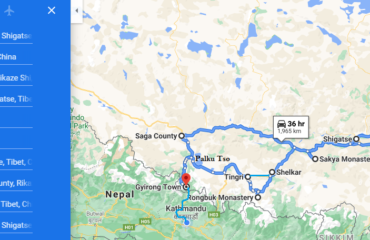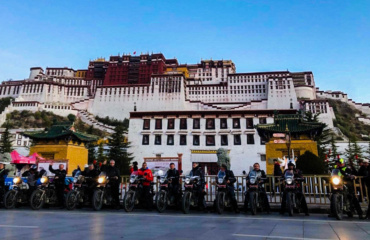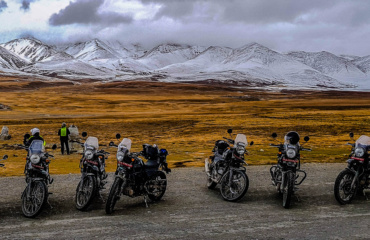Best of Tibet 2023
USING OWN BIKE: USD 3122
USING SACRED SUMMITS BIKE: USD 3407
A sacred land of myths and mysteries inhabited by the ever smiling people, has not only exerted a magnetic pull upon travelers for centuries but also spies, missionaries, scholars, geographers, mystics, soldiers and cranks, etc. Yet, only a few intrepid, serious and determined have been able to make it. Tibet was opened to tourism in 1985. Before this, it avoided influence from the West and this country developed its unique culture and religion independently. Since Tibet was governed by the spiritual leaders, monasteries and religious institutions were the backbone of power so the importance and prestige were shown by the size and magnificent architecture of these buildings. Tibetan Buddhism contains many elements of their older religion,” Bon Po” which worshipped the sky, moon, sun, fire, soil and even evil spirits and this is why a monastery such as Tashilhunpo contains thousands of unique statues, paintings (thangka), religious and historical books. The Monasteries are crowded by pilgrims who often travel long distances to fulfill their vows and wishes and their emotions show that religion still holds a very important place in their daily lives.
-
Reviews 0 Reviews0/5
-
Vacation Style Holiday Type
-
Activity Level Challenging
-
Full name: Tibet Autonomous Region of China
Area: 1.2 m. sq. km
Population: 3 million
In Exile: 300,000
Capital city: Lhasa (Population 200,000)
People: Tibetan & Chinese
Language: Tibeto Burmese, Tibetan and Chinese
Religion: 90% Buddhist, 1% Muslim, 3% bon, 6% others
Government: Occupied by China in 1949/1950
Currency: Yuan (Y 6.87 = US$ 1.00)
Geography: Tibet has border with India, Nepal, Sikkim, Bhutan and Burma
Climate: Spring (May to June) – Best weather condition, May to Mid-
September Winter – (October to April)
What to wear: Light weight clothing is recommended for May to June, Warm garments are required from September to April. An umbrella or a raincoat is a must for the summer season.
Voltage: Standard voltage only 220 volts.
The Tibetan landscape changes from lush green to rugged and barren and harsh and cold, yet, magnificent and awe inspiring at the same time. The many serene and sacred lakes you come across makes you truly understand why they say it’s the “water tank of
central Asia”. Riding on the Roof of the World on a legendary RE 500cc motorcycle is THE
ultimate biking experience for any passionate biker and traveller alike. Gliding
along the NEPAL-CHINA friendship highway which is smooth as silk and over
some of the world’s highest passes of over 5000m is surely an “adventure of a
lifetime”.
NEPAL PORTION
• Hire of 411cc Royal Enfield Himalayan motorcycle for the entire trip as per the itinerary (If Required)
• Services of an experienced Road Captain on motorcycle including his meals, accommodation, daily allowance
• Services of an experienced mechanic including his meals, accommodation, daily allowance
• Support of a 4X4 back up vehicle to carry luggage and spares for Nepal portion Kathmandu / Timure / Kathmandu (Pre and post Tibet Tour) including fuel and driver and his daily allowances.
• 01 night stay at Syabrubesi or Timure at a lodge/ Guest House with attached bathroom on twin sharing basis and inclusive of breakfast and all applicable govt. taxes. (Currently 24.3%)
• All Government taxes
TIBET PORTION
• Visa Fee for Tibet of USD 120.00.00 (process which takes two working days) per
person for all nationals except US nationals (US nationals need to pay an
additional USD 120.00) (Visa fees are subject to change without notice)
• Hire of 411 CC Royal Enfield HIMALAYAN motorcycle for the entire trip as per the itinerary.
• Services of an experienced Road Captain on motorcycle from Nepal including his meals, accommodation, daily allowance and visa fees.
• Services of an experienced mechanic including his meals, accommodation, daily allowance and visa fees.
• Support of a Twin Cab Truck in Tibet to carry spare parts and luggage and mechanic for the entire trip as per the itinerary.
• Documentation for Tibet travel permit and a special permit for Everest Base Camp.
• Services of a knowledgeable Tibetan Guide from Lhasa Agency for the entire tour.
• Permit for Motorcycles to enter Tibet and the Everest Base Camp region in Tibet.
• Twin sharing accommodations with daily breakfast on local best hotel and guest house; 02 nights Lhasa at Snow Heaven International Grand Hotel, 01 night at Gyantse Hotel, 01 night at Shigatse Tashichoeta Hotel, 01 night at Guest House
Rongbuk, 02 nights at Kyirong Phuntsok Rabsel Hotel, 01 night at Saga The Grand Hotel of Western Post & 01 night at Lhatse Hotel or similar standard hotel
• A support truck for luggage transfer .Tibetan guide and Nepal escort team or Mechanical staff will sit with the support truck.
• All major meals (lunch and dinner) throughout the entire trip at the hotels and Guesthouses OR at local restaurants on en-route stopovers as per the itinerary.
• Bike compulsory insurance
• Bike border paperwork
• Temporary bike driving license
• All monastery entrance fees during sightseeing tours
• Electric bus ride from Chuzom / Rongbuk Monastery / Chuzom (as per the itinerary).
• Comprehensive medical kit.
NEPAL PORTION
• International Airfares.
• Nepal Visa fees (If applicable).
• Personal Insurance
• Covid Related all Travel Insurance and PCR Check-up cost
• Meals (Lunch & Dinner) while the guest stay at hotels in Kathmandu
• Accommodation in Kathmandu
• Cost of fuel for the bikes.
• Items of a personal nature such as bar bills telephone calls, laundry, extra
mileage and any extra costs incurred due to natural calamities, flight delays etc.
• Personal medication
• Insurance for or against accidents, loss of life, theft etc.
• Personal insurance, evacuation and medical expenses.
• Tips for the Guide, Road Captain, Mechanic, Hotel Staffs etc on tour.
• Costs incurred due to cancellation of flights, altitude sickness or unforeseen circumstances (riots, natural calamities etc) and situations beyond the control of Moto Himalaya Tours & Travels (P) Ltd and its associates.
• Any item not mentioned in the above ‘cost includes’.
TIBET PORTION
• Supplement for TIBET visa for US nationals of USD 85.00 per person
• Personal insurance and evacuation.
• Cost of fuel for the bikes.
• Flight delays or cancellation due to adverse weather condition.
• Photography charges for Still and Video cameras inside monasteries.
• Items of a personal nature such as bar bills, alcoholic beverages, bottled -drinks
and mineral water, extra mileage, etc.
• Personal gratuities such as tips to Road captain, mechanic, hotel staff, guides
and drivers etc.
• FINE for venturing into prohibited area
• Oxygen and Mineral water
• Covid test fee and Quarantine fee if needed
• Costs incurred due to natural calamities, strikes, breakdowns and beyond the control of Moto Himalaya Tours & Travels (P) Ltd and its associates.
• Items not mentioned in the cost includes
- Day 1 Ride Kathmandu to Timure (1450m/137kms/6-7 hrs)
- Day 2 Ride Timure to Kyirong Town (2700m/40kms/3hrs)
- Day 3 Day 03: Ride to Kyirong Town to Saga (4640m/170kms/5hrs)
- Day 04 Ride Saga to Lhatse(4025m/300kms/8hrs)
- Day 05 Ride Lhatse to Gyantse (3950m/273kms/6hrs)
- Day 06 Ride Gyantse to Lhasa via Lake Yamdrok (3656m/287kms/7hrs)
- Day 7 Sightseeing Tour of Lhasa
- Day 8 Ride Lhasa to Shigatse (3950m/280kms/7hrs)
- Day 09 Ride Shigatse to Shegar (4300m/269kms/6hrs) to Shegar to Rongbuk and EBC (5100m/112Kms/4hrs)
- Day 10 Ride Rongbuk and EBC to Thingri (4348m/78kms/3hrs) to Kyirong via Paikut Tso (2700m/286kms/7hrs)
- Day 11 Ride Kyirong Town to Kathmandu (1370m/180kms/6hrs)
